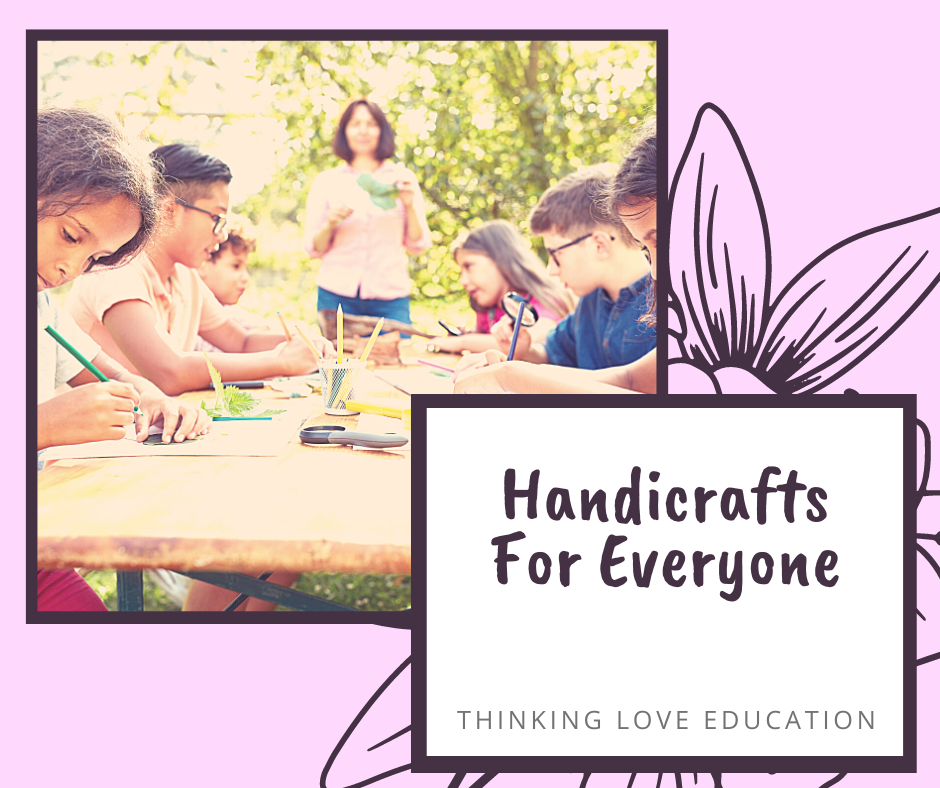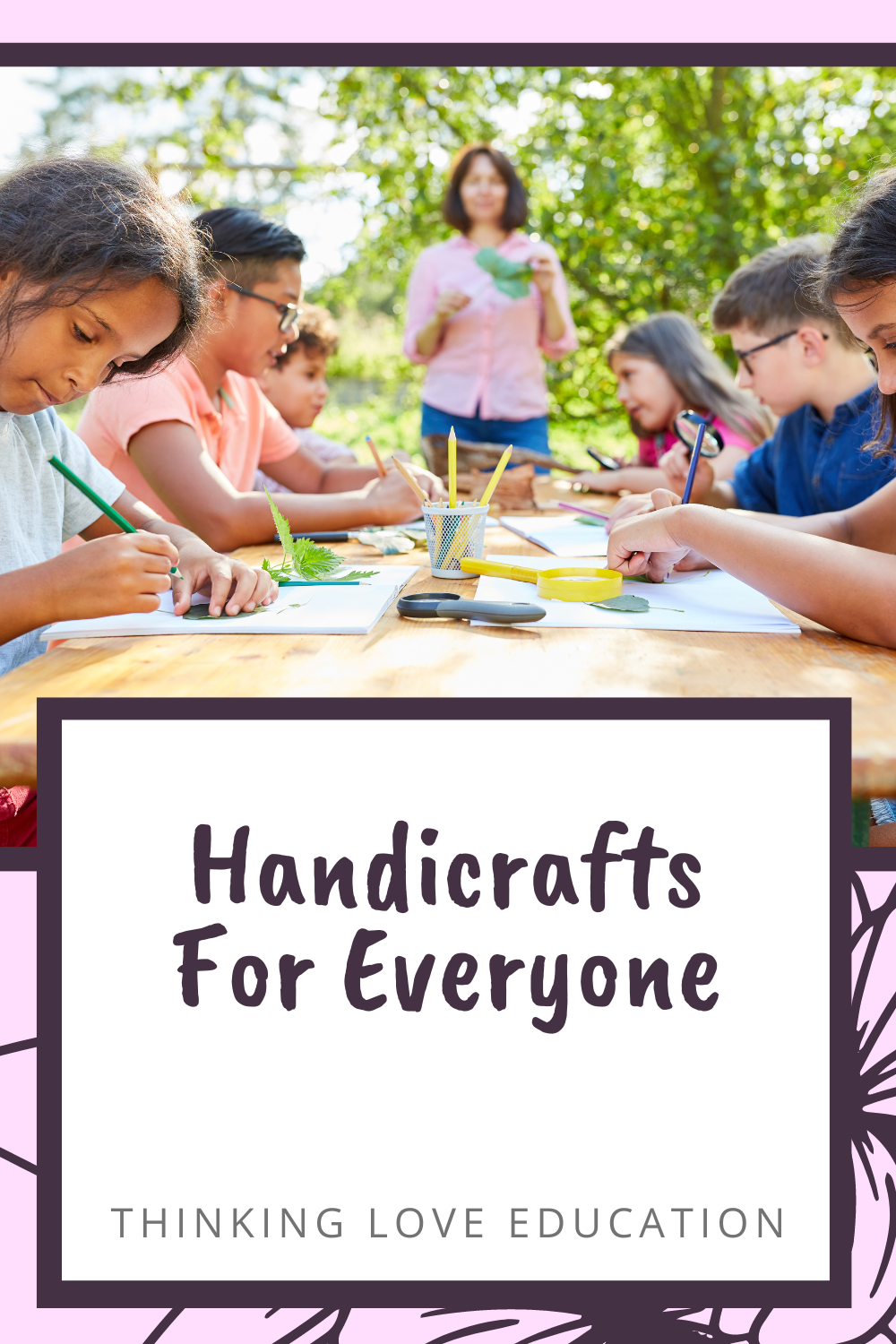How are handicrafts going? Whether you are crafting up a storm or struggling with consistency, we hope that this episode will be helpful and encouraging. We chat about why handicrafts are part of a Charlotte Mason curriculum, what we need to think about when we choose handicrafts, as well as sharing what and how we've taught our children.

"The points to be borne in mind with children's handicrafts are: (a) that they should not be employed in making futilities such as pea and stick work, paper mats, and the like; (b) that they should be taught slowly and carefully what they are to do; (c) that slipshod work should not be allowed; (d) and that, therefore, the children's work should be kept well within their compass." Charlotte Mason, Home Education
1:10- How are handicrafts going in your home, Leah?
3:20- Hope for this episode: new ideas or encouragement
4:00- Overwhelm with handicraft materials
4:50- Why do we teach handicrafts in our homeschool?
6:20- School Education: Certain Relations Proper to a Child. Gross motor relationships like swimming, sailing, and dancing, but also power over material.
8:00- Have you seen this desire for mastery over material in your children?
9:30- Even though we want our kids to develop taste for the beautiful, it starts with mud.
12:00- Natural progression from mud: air-dry clay.
12:50- Have you seen this natural progression in your children, Amy? (Making real things, willow whistle.)
13:13- Children shouldn't be employed in making futilities.
14:00- We do plenty of paper crafts in our home, which are child-led.
15:50- What kind of handicrafts do you do?
16:25- Charlotte Mason's examples: chair caning. Handicrafts are not limited to what Charlotte Mason said. Principles: working with materials, creating something that has function and beauty, needs to be something our children can execute well.
17:45- Handicrafts Leah's family has done have followed a progression: weaving on a loom, finger knitting, and knitting with needles; rolled beeswax candles, candle pouring, and soap pouring; needle felting and hand-sewing.
20:40- Amy's handicrafts: simple projects that don't take a huge range of supplies. Paper airplanes lead easily to origami; knot tying, friendship bracelets; finger-knitting and crocheting.
22:54- It's one thing to plan and another to make them happen. How have you been able to be consistent with handicrafts?
25:42- Amy's handicraft co-op. Parachord bracelets, tye-die tee-shirts, latch-hook wall hangings, hand-sewn mice.
27:00- Supporting children in a large group with pictorial tutorials.
28:20- Encourage children to think about what they're going to do with what they make. They only need so many parachord key fobs!
29:00- Have a purpose for what you're making. Making scarves and donating them to homeless shelters.
29:57- Final tips and thoughts about handicrafts.
Mentioned in this Episode

